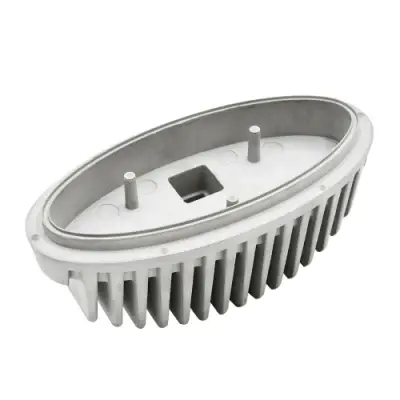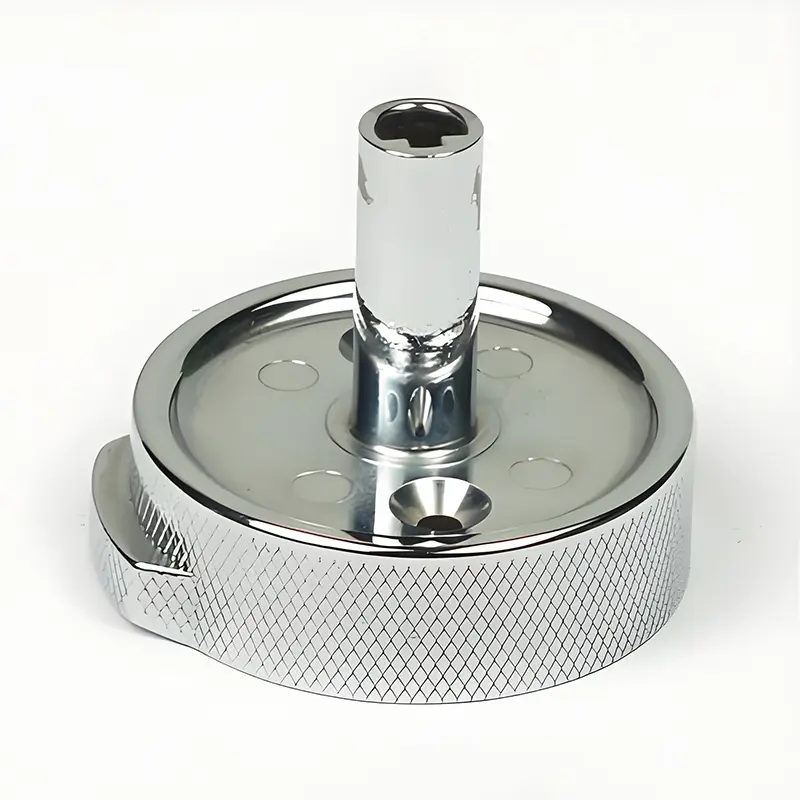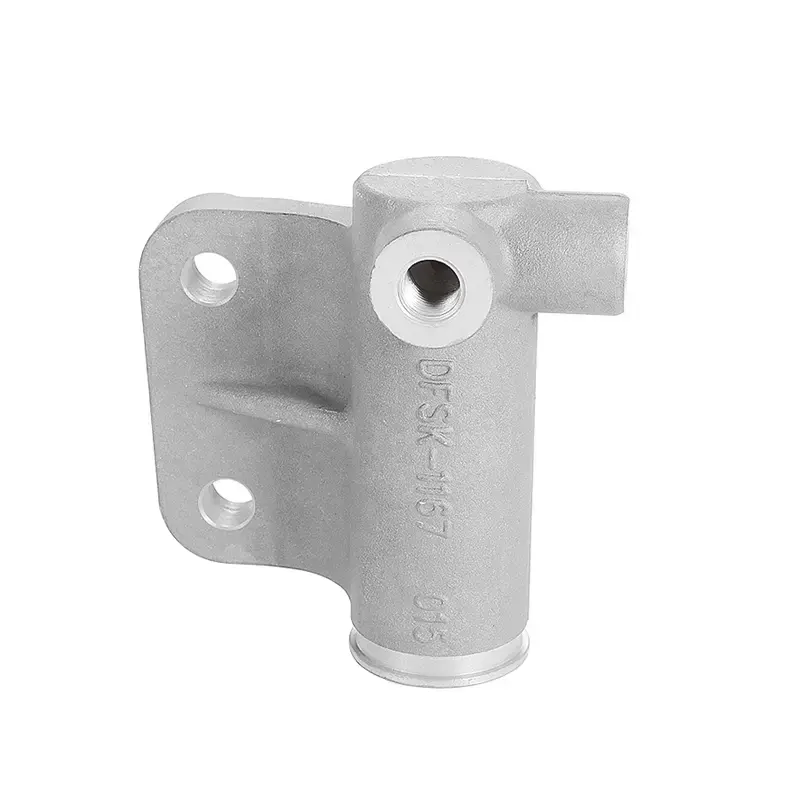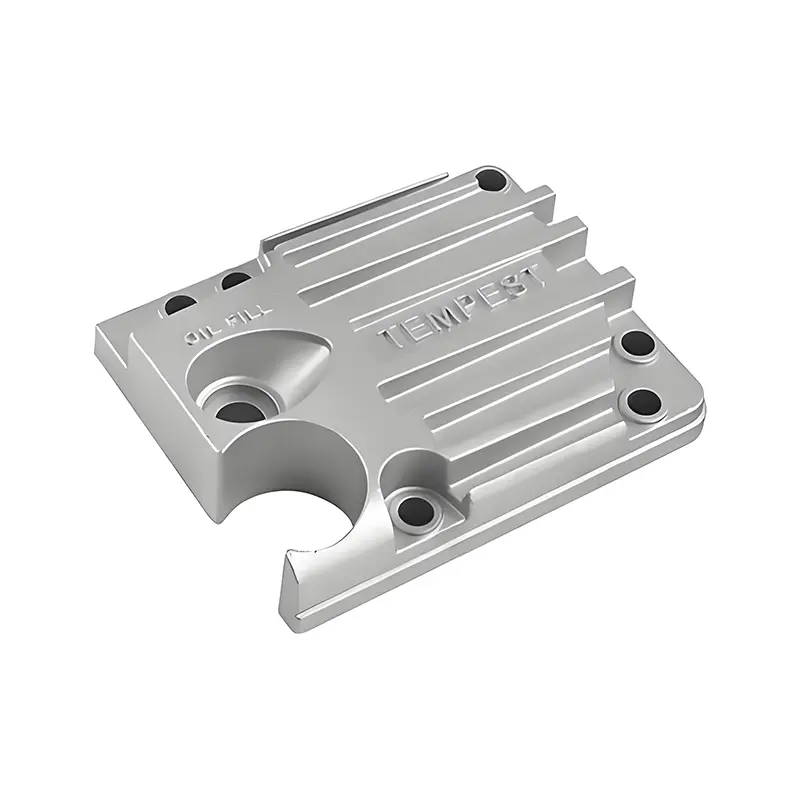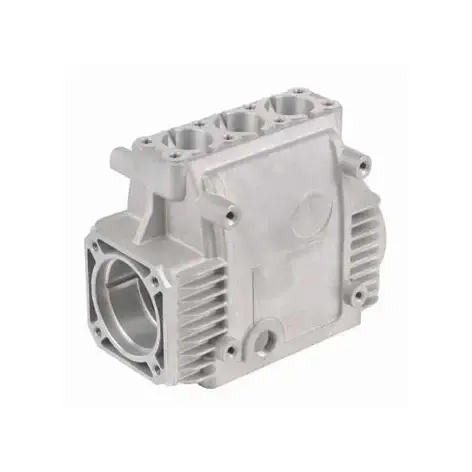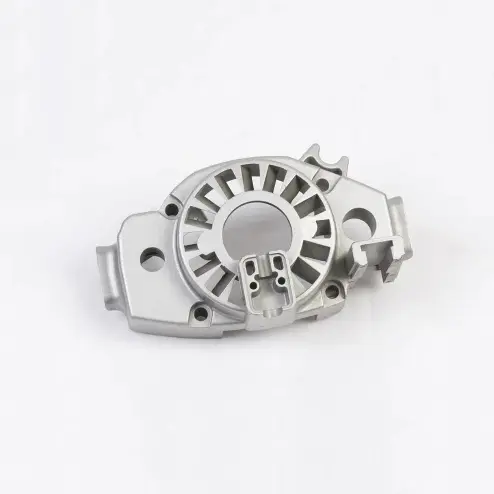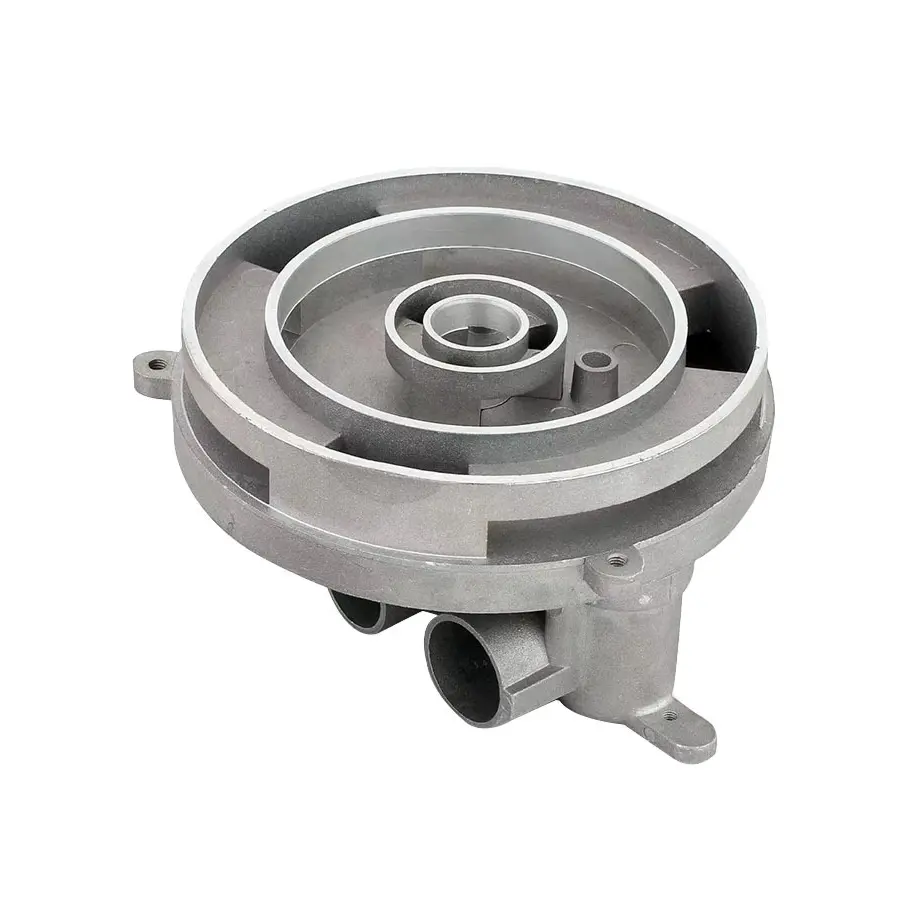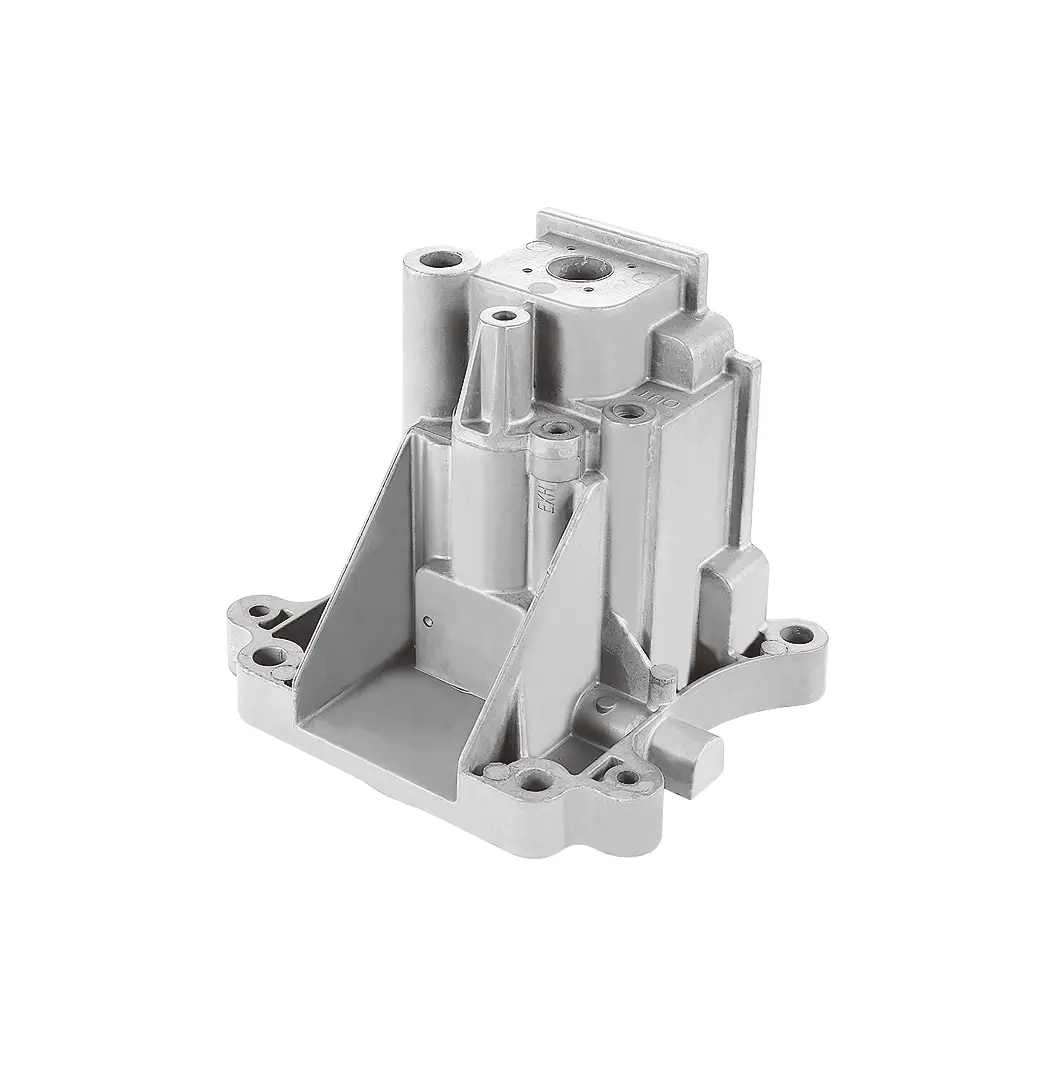 +86-13516964051
+86-13516964051 The outstanding advantages of high pressure castings
The outstanding advantages of High Pressure Castings
In today's globalized manufacturing industry, high pressure casting, as an advanced metal forming process, is being favored by more and more international wholesale buyers for its unique advantages. For those buyers who are looking for high-quality, efficient and cost-effective metal castings, it is crucial to understand the advantages of high pressure castings. This article will explore the many advantages of high pressure castings in depth to help you better understand the value of this process so that you can make wise choices in purchasing decisions.
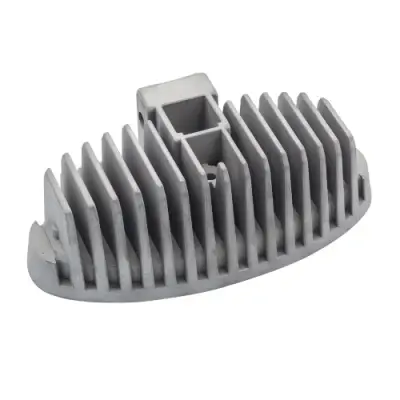
1. Introduction to high pressure Casting Process
High pressure casting, also known as die casting, is a casting process in which molten metal is injected into the mold cavity at high pressure and high speed, and solidified under pressure to form a casting. It is different from traditional gravity casting and low pressure casting, and has the characteristics of higher production efficiency, better dimensional accuracy and better casting performance. This process has been developed since the early 20th century and has become one of the indispensable important technologies in the field of Metal Parts manufacturing. It is widely used in many industries such as automobiles, aerospace, electronics, home appliances, machinery, etc.
2. The main advantages of high pressure castings
(I) High production efficiency
Fast filling and solidification: One of the biggest features of high pressure casting is its efficient production speed. Under high pressure, the molten metal can quickly fill the mold cavity, usually only 0.01 seconds to 0.2 seconds to complete the filling process, and the molten metal can quickly solidify in the cavity. Compared with low-pressure casting and gravity casting, this process greatly shortens the production cycle, allowing more castings to be produced per unit time, thus meeting the needs of large-scale production.
Highly automated: The high-pressure casting process is easy to mechanize and automate. Modern die-casting machines are equipped with advanced control systems and robot operating equipment, which can realize automated operations from metal melting, injection, mold opening and closing to casting removal. This not only reduces manual intervention and labor intensity, but also improves the stability and consistency of the production process, further improves production efficiency, and can provide a stable and large supply of goods for international wholesale buyers.
(II) Excellent casting quality
High dimensional accuracy: High-pressure casting can make the molten metal fully fill every detail of the mold cavity under high pressure, so the dimensional accuracy of the casting is very high, and the tolerance can generally be controlled within ±0.1 mm. Even for some parts with high precision requirements, a smaller tolerance range can be achieved. This means that after the casting is produced, it usually does not require a lot of subsequent processing, and can be directly assembled and used, or only a small amount of finishing is required, thereby saving processing costs and time and improving overall production efficiency.
Good surface finish: Due to the rapid solidification of the molten metal under high pressure during the high-pressure casting process, a dense metal layer can be formed on the surface of the casting, making its surface finish very good, generally equivalent to 5 to 8 levels. Such surface quality is not only beautiful, but also in some parts that require surface treatment, such as electroplating, spraying, etc., it can provide better adhesion, reduce surface treatment defects and rework rate, reduce production costs, and also help improve the final quality and market competitiveness of the product.
High strength and hardness: High pressure castings are subjected to high pressure during the solidification process, which makes the metal atoms more tightly bonded, thereby improving the strength and hardness of the castings. Generally speaking, the strength of high pressure castings is 25% to 30% higher than that of sand castings. This is very important for parts that need to withstand large loads and stresses during use, such as automotive engine parts, aerospace parts, etc., to ensure the reliability and durability of parts under complex working conditions.
Realization of thin-walled complex structures: High pressure casting can produce castings with very thin walls and complex shapes. For example, the wall thickness of aluminum die casting can be as thin as 0.5 mm. This gives design engineers greater freedom in product design and allows them to design lighter, more complex and delicate part structures to meet the requirements of modern manufacturing for high performance, miniaturization and lightweight products. At the same time, this thin-walled complex structure casting has broad application prospects in fields such as aerospace, electronics, etc., which have extremely high requirements for product weight and precision.
(III) Good economy
High material utilization rate: High pressure casting can accurately inject molten metal into the mold cavity, generating less waste and residual material. In addition, due to the high dimensional accuracy of the casting, a large amount of machining is usually not required, further reducing material waste. For some relatively expensive metal materials, this can significantly reduce production costs, improve the economic efficiency of materials, and bring greater profit margins to international wholesale buyers.
Reduced production costs: Although the initial investment in high pressure casting equipment and molds is relatively high, due to its high production efficiency, high material utilization rate and low subsequent processing costs, the production cost per unit casting will gradually decrease with the increase in output during large-scale production. Therefore, for international wholesale buyers, when the order quantity is large, choosing high pressure casting castings can obtain more competitive price advantages while ensuring quality, thereby occupying a favorable position in market competition.
Long mold life: The molds used in high pressure casting usually have high strength and hardness, and can withstand the impact and high temperature of molten metal during high pressure casting. A high-quality die-casting mold can last hundreds of thousands or even millions of times when producing low-melting alloy castings such as aluminum and zinc. This means that a large number of qualified castings can be produced within the service life of the mold, and the mold cost allocated to each casting is relatively low, which further reduces the total cost of the product and provides international wholesale buyers with a more cost-effective purchasing option.
(IV) Wide range of material applicability
Although high-pressure casting is mainly used for casting low-melting non-ferrous metals such as aluminum alloys, zinc alloys, magnesium alloys, etc., with the continuous advancement of technology, its applicable material range is gradually expanding. These commonly used die-casting alloy materials have good fluidity and mechanical properties, and can meet the requirements of casting performance in different industries and products. For example, aluminum alloy has the characteristics of light weight, high strength, and good corrosion resistance, and is widely used in automobiles, aerospace, electronics and other fields; zinc alloy has the advantages of low melting point, good fluidity, and high surface hardness, and is often used to manufacture precision hardware products, electrical accessories, etc.; magnesium alloy is one of the lightest practical metal structural materials, with good shock absorption and dimensional stability, and its application in automotive parts and portable electronic devices is increasing. In addition, some high melting point alloys such as copper alloys, although they have high requirements for molds and equipment during the die casting process, can also be die-cast by adopting special die casting processes and mold materials, thus meeting the manufacturing needs of more special products.
(V) Good interchangeability
Due to the high dimensional accuracy and stable dimensional characteristics of high pressure castings, castings of the same specification produced in different batches have good interchangeability. This is very important for large-scale production and product assembly on assembly lines, which can ensure product quality and production efficiency. When purchasing high pressure castings, international wholesale buyers can rest assured to carry out bulk purchases and inventory management without worrying about assembly problems caused by casting size deviations, thereby reducing procurement risks and management costs.
(VI) Multiple functional components can be integrated
During the high pressure casting process, different metals or non-metallic materials can be integrated into a casting by insert casting to achieve integrated molding of multiple functional components. For example, when casting automotive parts, inserts such as bolts, nuts, and bearings can be placed in the mold in advance so that they solidify together with the molten metal to form a complete component, avoiding subsequent assembly processes and improving production efficiency and product reliability. This integrated design can not only reduce the number and types of parts and reduce inventory costs, but also simplify the product assembly process, shorten the product production cycle, and improve the overall performance and market competitiveness of the product.
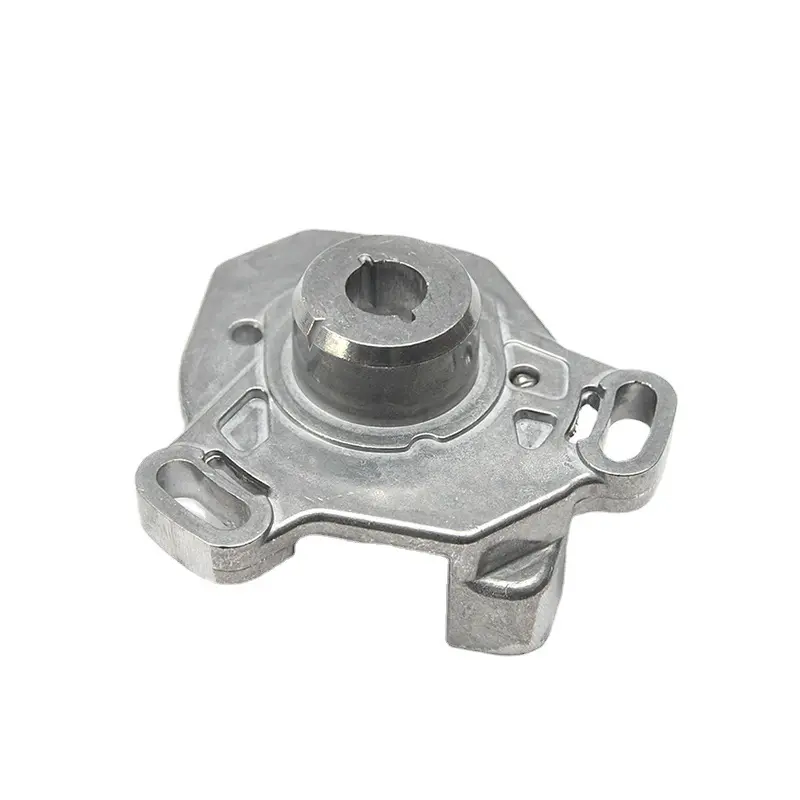
3. Application fields and successful cases of high-pressure castings
(I) Automobile industry
The automobile manufacturing industry is one of the largest application fields of high-pressure castings. High-pressure casting provides an efficient and high-quality solution for the production of automobile parts, enabling automobile manufacturers to achieve large-scale production and cost control while ensuring product quality. For example, key parts such as the cylinder block, cylinder head, and manifold of automobile engines are usually produced using aluminum alloy high-pressure casting processes. These castings not only have good strength and heat resistance, and can withstand the high temperature and high pressure environment during the operation of the engine, but also their high dimensional accuracy and good surface quality ensure the assembly accuracy and operating stability of the engine, and improve the performance and reliability of the engine. In addition, high-pressure casting technology is also widely used in automobile wheels, brake system components, body structural parts, etc., making important contributions to the lightweight and high-performance of automobiles.
(II) Aerospace field
In the aerospace industry, the quality, performance and reliability of parts are extremely high. High-pressure castings are also widely used in this field due to their excellent performance characteristics. For example, some aircraft engine parts, aircraft landing gear parts, and aviation instrument housings are manufactured using high-pressure casting. These castings not only need to meet the requirements of high strength, high hardness, and high dimensional accuracy, but also have good fatigue resistance and corrosion resistance to ensure the safe operation of the aircraft. At the same time, the application of high-pressure casting technology in the aerospace field also helps to achieve structural optimization and weight reduction of aircraft, improve the fuel efficiency and flight performance of aircraft, and conform to the development trend of the aerospace industry.
(III) Electronic product manufacturing
With the continuous miniaturization, lightweight and high performance of electronic products, the application of high-pressure casting technology in this field has received more and more attention. For example, the housings, brackets, radiators and other parts of electronic equipment such as computers and mobile phones are usually made of aluminum alloy or magnesium alloy high-pressure casting. These castings not only have good thermal conductivity, electromagnetic shielding and mechanical strength, can effectively protect internal electronic components, prevent external electromagnetic interference and physical damage, but also their thin wall thickness and complex shape design can meet the requirements of electronic products for miniaturization and lightweight, making the products more portable and beautiful.
(IV) Home appliance industry
In the manufacture of home appliances, high-pressure castings are also widely used. For example, the motor housing of washing machines, the housing of air conditioner compressors, and the brackets of refrigerators are all produced using high-pressure casting technology. These castings not only ensure the quality reliability and operational stability of home appliances, but also their good surface quality can improve the appearance quality of products and enhance the market competitiveness of products.
4. Development Trends and Prospects of High-Pressure Casting Technology
With the continuous advancement of science and technology and the continuous development of the manufacturing industry, high-pressure casting technology is also constantly innovating and improving to meet the market demand for higher quality, more complex structures and higher performance castings.
Intelligent and automated production: In the future, high-pressure casting will pay more attention to the application of intelligent and automated production technologies. By introducing advanced sensor technology, artificial intelligence and robotics technology, real-time monitoring, intelligent control and automated production of the die-casting process can be achieved. This will further improve production efficiency, product quality and stability, reduce production costs and manual intervention, and enhance the market competitiveness of enterprises.
Research and development of new materials and new processes: Researchers will continue to work on developing new die-casting alloy materials and improving die-casting processes. For example, develop aluminum alloys, magnesium alloys and other materials with higher strength, better heat resistance and lower porosity, and adopt new processes such as vacuum die casting and squeeze casting to improve the quality and performance of castings, reduce defects and post-processing requirements of castings, and expand the application scope of high-pressure casting.
Sustainable development and environmental protection requirements: Under the background of increasing global attention to environmental protection and sustainable development, the high-pressure casting industry will also develop in a more environmentally friendly and energy-saving direction. By optimizing production processes, adopting energy-saving equipment and material recycling, reducing energy consumption and waste emissions, reducing the impact on the environment, and achieving sustainable development of the casting industry.
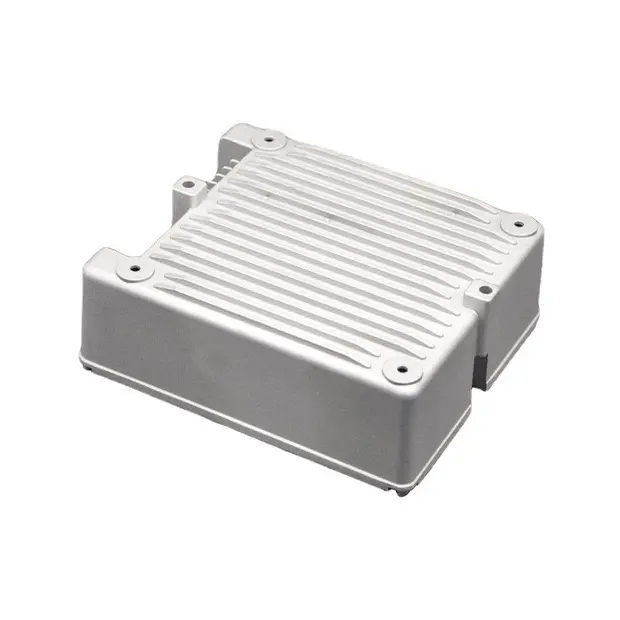
In short, as an advanced metal forming process, high-pressure casting has become one of the important choices for international wholesale buyers when purchasing metal castings with its many advantages such as high production efficiency, excellent casting quality, good economy, wide material applicability and strong design flexibility. The wide application in various industrial fields and the evolving technological trends have fully demonstrated the vitality and broad development prospects of high-pressure casting technology.








